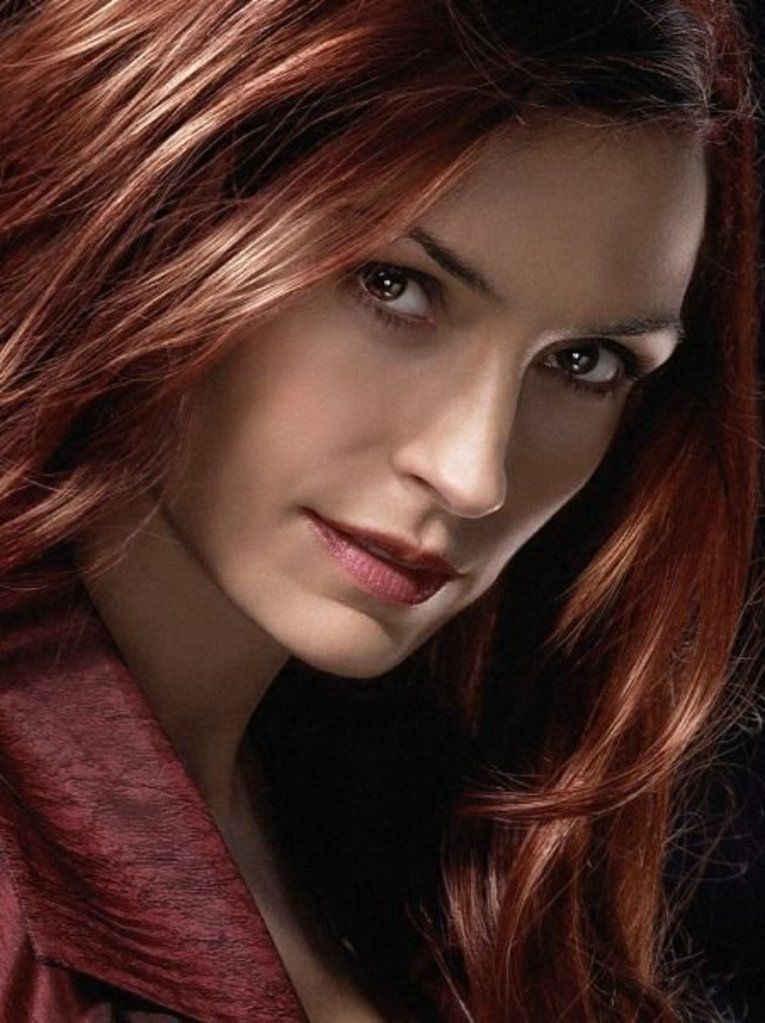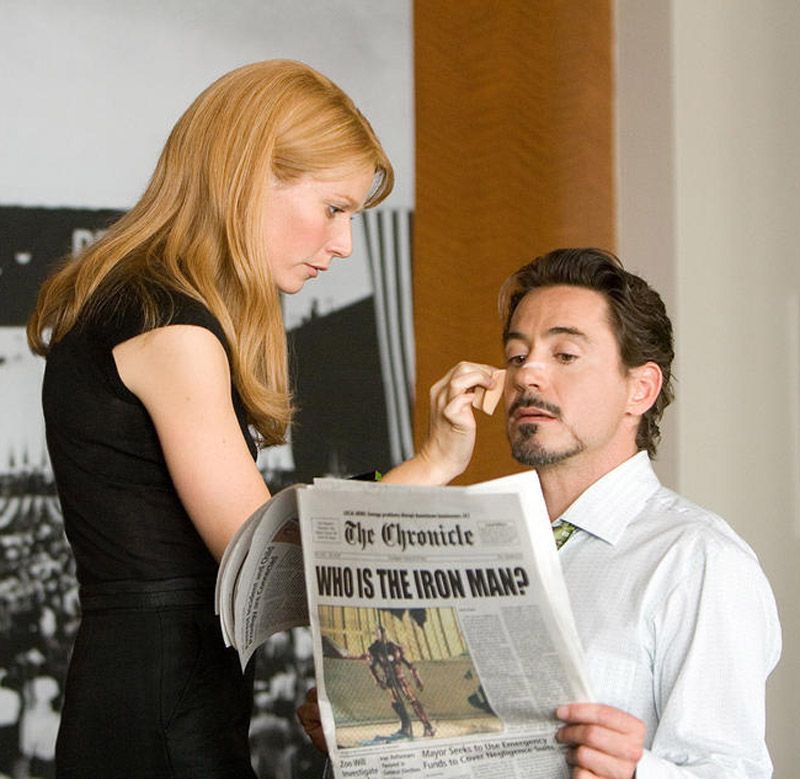The culture blog Vulture did some math last week, demonstrating that as stars like Tom Cruise age, their female co-stars and love interests remain quite young. Striking examples include 21-year-old Kiera Knightley playing opposite 43-year-old Johnny Depp in Pirates of the Caribbean: Dead Man's Chest, and 49-year-old Brad Pitt appearing alongside 37-year-old love interest Mireille Enos in the upcoming World War Z. Why do these numbers matter? Because the women we see up on screen have an impact on how we view women in the real world.
When I read that Vera Farmiga was 36 in Up in the Air, playing against George Clooney at age 48, I could only think, "Wow, she looked so old in that movie!" I didn't think about how old Clooney looks because I'm used to seeing graying, "chiseled" men on screen. We've made it seem more normal, more natural, to only idolize women while they’re extremely young. Anyone over 35 now seems grandmotherly, hardly worth a hero's interest.
The practice of putting very young women on screen with much older costars has almost nothing to do with how real relationships pan out. According to U.S. census data from 2012, in about half of all heterosexual marriages, the husband is at least two years older than his wife. But age gaps of 10 years or more are quite rare: 33 percent of marriages are between people within a year of each other in age. In movies, it's standard to see an age gap of 10, 15 or 20 years.
There’s a seven-year gap between Robert Downey Jr. and Iron Man love interest Gwyneth Paltrow (they were 43 and 36, respectively, when the film was released in 2008). Imagine what it would be like if Downey played against a woman of his own age. Would audiences be so upset to see a stray gray hair, or a smile line? It seems insane that men are considered "sexy" (and therefore bankable) well into their 60s, while women have to get in line behind Judi Dench and Helen Mirren.
For an example of what ageism can do to an actress' career, think about Demi Moore. In 1990, she became a superstar with Ghost. Over the next seven years she had 16 film credits. And in 1997, the year she turned 35, she utterly disappeared from theaters. Moore became famous for having a younger boyfriend, and for "still" looking good in a bikini when she reemerged in 2002 in Charlie's Angels: Full Throttle, but she hasn't made a hit since. Julia Roberts, back in the spotlight since 2010's Eat, Pray Love, had minimal credits after she turned 35 in 2002.
Moore and Roberts aren't stage-trained actors' actors, the way that Dench or Mirren are; they're much more like Matthew McConaughey, a sex symbol who generally tends toward lighter fare. All three rose to fame about the same time, but McConaughey has had no trouble turning out a long string of hits. McConaughey even told NPR's Terri Gross that he just "let the work come to him" to secure more meaty roles, like his recent film, Mud. Think about the last time you heard an actress say she "let the work come to her." It's probably this side of never.
Of course, there are major exceptions to this gigantic age gap -- and many of them come from movies based on comics. In the X-Men series, Famke Janssen is four years older than Hugh Jackman, and nine years older than James Marsden. Natalie Portman is older than her Thor co-star, Chris Hemsworth. But Hemsworth is at the start of his action-hero career. When he is in his 60s, will he still pursue women of Portman's age and acting stature?
As a moviegoer, I just want to see the most fun, believable and enjoyable actors and actresses on screen. It shouldn't matter if they are old or young. But, if we keep thinking 40 is "old" for an actress, we're soon going to lose out on more movies with Angelina Jolie (age 38), Kate Beckinsale (39) and Penelope Cruz (38). Maybe it's time to redefine what actresses in their 40s and 50s can do.


